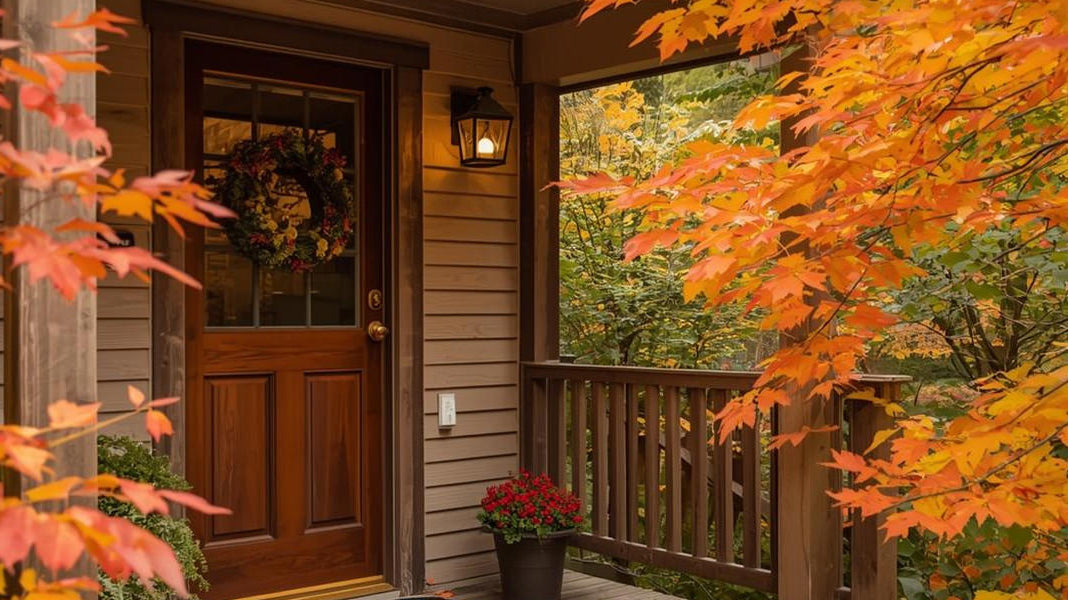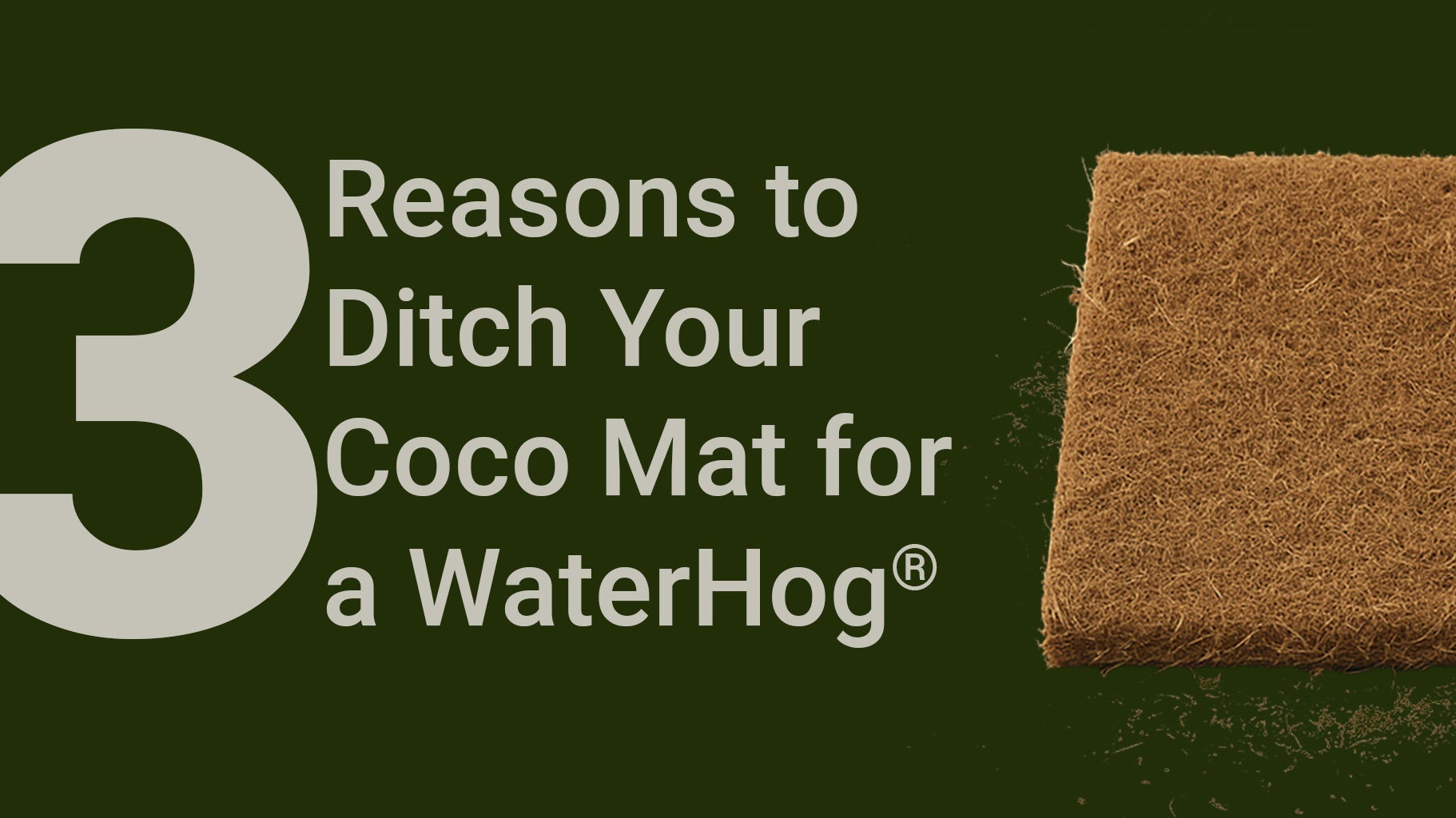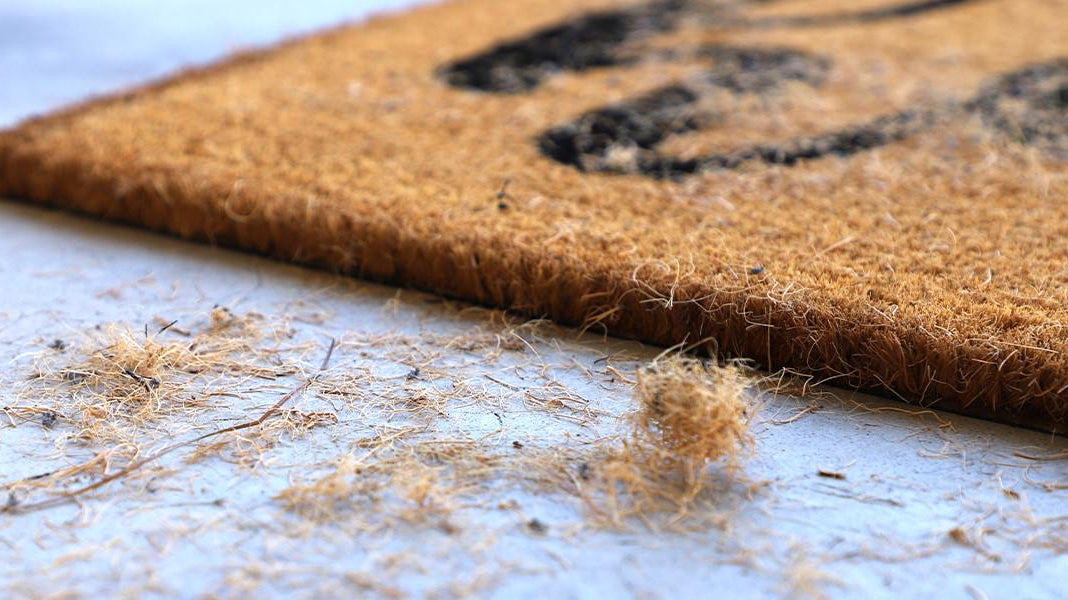The Ultimate Fix for Sand, Slips & Soggy Entrances
After four decades of research, testing, and real-world grit, WaterHog has earned its stripes — and its ridges. With millions of mats sold, we’ve spent more time battling sand, mud, muck, and messes than some folks have spent living in their beach homes.
We’ve seen it all. And when it comes to coastal living — sand between your toes, saltwater in the air, and kids charging in from the surf — we know your entryway takes a beating. That’s exactly why a WaterHog doesn’t just show up — it steps up.
This isn’t just another mat. It’s the front line of defense between your beach day and your clean floors.
If you’re interested in a more in depth look at how a WaterHog performs in outdoor environments, check out How a WaterHog® Outperforms & Outlasts Other Outdoor Mats.
Why Beach Homes Are Brutal on Entryways
Let’s be honest — the entryway of a beach house is less of a welcome mat zone and more of a war zone. Between the sand, water, and the “where did that come from?” grime, coastal living comes with its own brand of chaos. This section unpacks why these homes are particularly hard on floors — and why most mats just can’t keep up.
Sand: The Uninvited Houseguest
Sand doesn’t knock. It doesn’t wipe its feet. It clings to flip-flops, hides in towels, and sneaks in on paws and wet ankles. And once it’s in? It grinds into your floors like nature’s own sandpaper.
WaterHog’s bi-level surface is purpose-built to scrape shoes clean and trap sand deep within its ridges, locking it in so it doesn’t follow you inside. This isn’t just sand “resistance” — it’s full-on sand containment.
Saltwater, Moisture & Slick Surfaces
Every coastal home has one thing in common: moisture. From morning dew to post-swim puddles, wet feet are part of the deal. Unfortunately, that means slippery tile, soggy entry rugs, and safety hazards.
Most doormats get swampy, slippery, or just straight-up moldy. A WaterHog, on the other hand, features a rubber backing engineered to grip surfaces and channel excess water away, so the mat stays in place — and your feet stay upright.
Grit, Grime, and What Gets Dragged In
It’s not just sand. Think: pine needles from the boardwalk, bits of crushed shell, decaying seaweed (don’t pretend it hasn’t happened). A day well spent near the water brings back souvenirs you didn’t want.
WaterHog’s deep ridged design holds onto debris like a trapper net — keeping grit off your floors and your entryway looking like someone actually lives there, not like a tide pool exploded.
Where Other Doormats Fail (and Why That Beach Towel Isn’t Cutting It)
When it comes to doormats near the water, not all options are created equal — and some shouldn’t be called options at all. This section dives into the biggest offenders: mats that shed, slide, soak, or straight-up quit. And yes, we’re looking at you, towel-on-the-floor maniacs.
Coco Coir Chaos
Yes, they look coastal. Yes, they say “Hello” in five different fonts. But coco coir mats soak up water like a sponge, trap mildew, and shed like a wet dog.
They’re stiff when dry, slimy when wet, and unless you enjoy replacing your doormat after every thunderstorm, they’re a tough sell for year-round use near water.

Towels, Bathmats & Other Beachside Blunders
We see you. The beach towel balled up by the back door. The old bathmat sacrificed to the patio. These aren’t doormats — they’re temporary damage control that usually ends up causing more damage.
They don’t stay in place, they don’t trap grit, and worst of all — they give you a false sense of security before someone takes a cartoon-style slip across your tile.
Cheap Mats That Tap Out After One Summer
There’s a reason discount-store mats feel like they’re on vacation: they don’t do much work. Thin rubber, flat surface, no real grip, no lasting power. They fade, they warp, and they end up in the trash with the broken beach toys by Labor Day.
WaterHog mats, on the other hand, are engineered to live in these environments — not just survive them for a season.
How WaterHog Laps the Competition
So, what makes a WaterHog different? Everything. From the material science behind our fiber blend to the patented water-dam border, this section breaks down how WaterHog was built from the ground up to thrive in the messy, wet, sandy world of beachside life.
Built to Catch the Beach
WaterHog’s bi-level design doesn’t just skim the surface — it digs in. The top layer scrapes, the bottom traps, and the entire mat is made to handle the unique assault of sandy feet, muddy paws, and pool-soaked kids.
The edges? Water-dam technology that keeps moisture and mess contained. No overflowing, no seepage, just clean floors and one very full mat.
Stay-Put Performance in Slick Conditions
Whether it’s stone, wood, tile, or composite decking, WaterHog stays put. Thanks to our heavy-duty rubber backing (made with up to 25% recycled materials), it grips like a champ — no matter how wet your walkway gets.
And here’s a detail most mats can’t claim: WaterHog is one of the few doormats certified “High Traction” by the National Floor Safety Institute (NFSI). That means it’s proven to help reduce slip-and-fall hazards — especially around pools, docks, and patios where wet feet are a given.
So you can stop chasing your mat — and worrying about your footing — after every summer storm.
Style That Doesn’t Slip, Either
Just because it’s tough doesn’t mean it’s tacky. Our Coastal Collection was made to complement breezy bungalows, bold beach homes, and lakeside escapes alike — all while keeping the sand where it belongs.
Choose from classic patterns and shoreline-inspired colors that blend right into your aesthetic. No more trading function for form.
Protect What You Love (Even If It’s Just Your Floors)
If you’ve got a beach home, a lake house, or just a dream of one, chances are your entryway works overtime. It deserves a mat that does too.
At WaterHog, we’ve spent over 40 years building the most trusted mat in America. Not because it’s trendy — but because it works. And whether you buy from us or not, we do hope you invest in protecting your home from the wear and tear of waterfront living.
But if you do want a mat that’s designed to be disrespected and built to bounce back? You know where to find us.
FAQs: Coastal Edition
1. What kind of doormat is best for a beach house?
A mat that traps and contains sand — like WaterHog. Its bi-level design scrapes debris off and locks it in before it hits your floors.
2. Are WaterHog mats good for outdoor use?
Absolutely. WaterHog mats are built to withstand sun, rain, and saltwater — and keep performing no matter what the tide brings in.
3. How do you clean a WaterHog mat at the beach?
Shake it, vacuum it, or hose it down. That’s it. WaterHog mats are as low-maintenance as they are high-performing.
4. Can I use a towel as a beach house doormat?
Sure — if you want your floor to turn into a slip ‘n slide. Towels absorb water, but they don’t trap sand or stay put.
5. Do rubber-backed mats damage decks or tile?
WaterHog’s rubber backing is designed to be safe for most surfaces, including composite decking and tile. For vinyl floors, always check with the flooring manufacturer.







